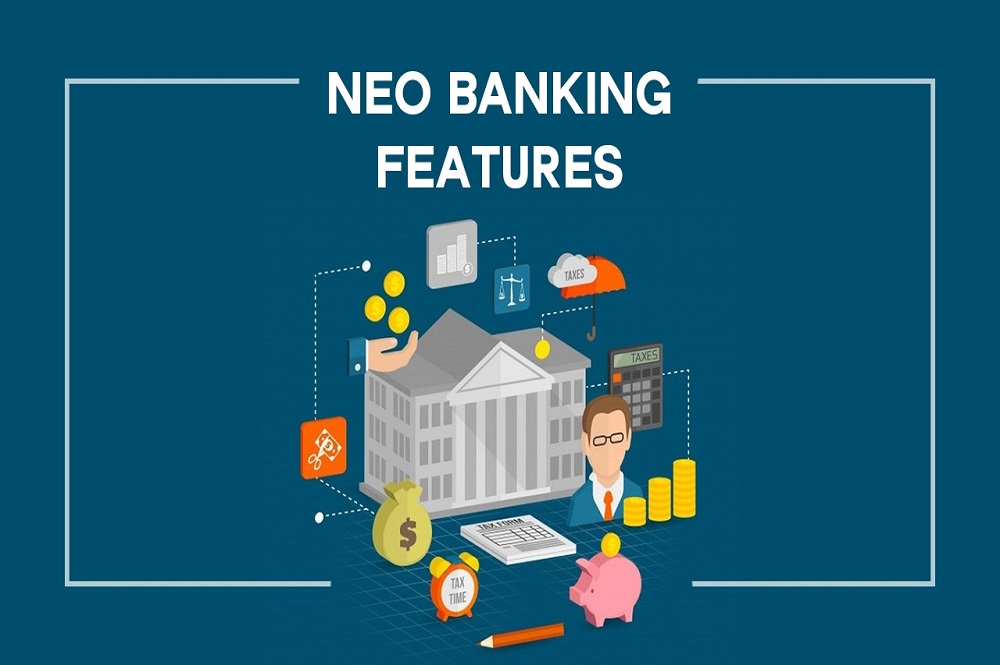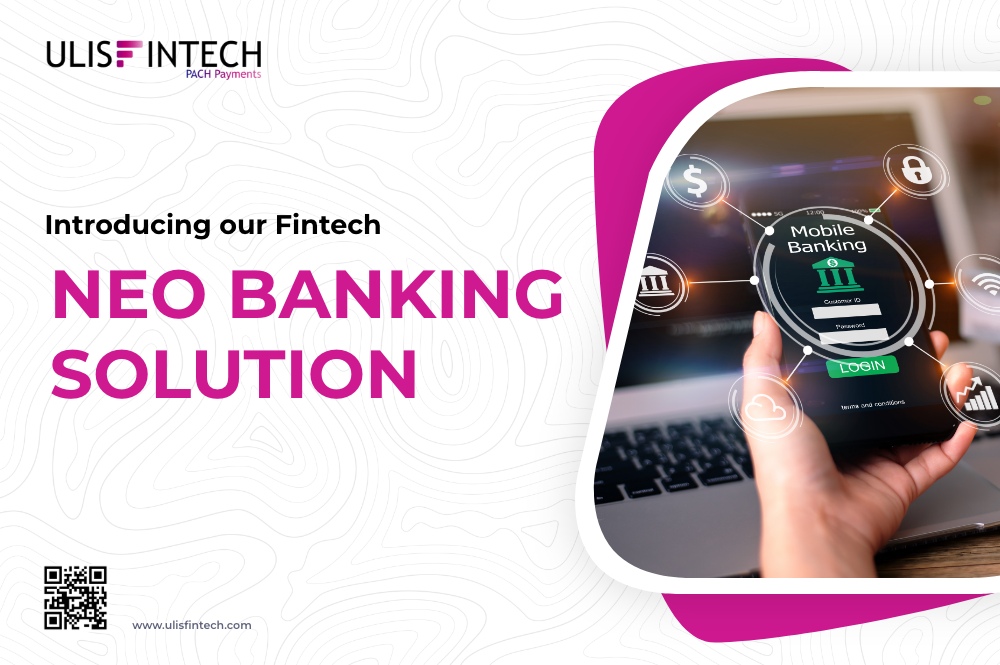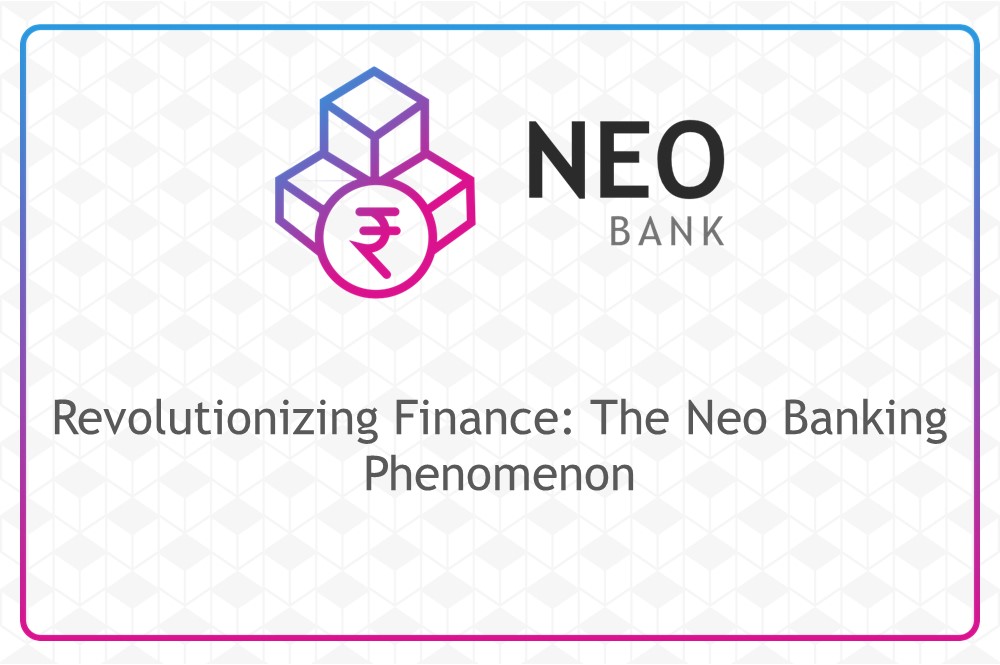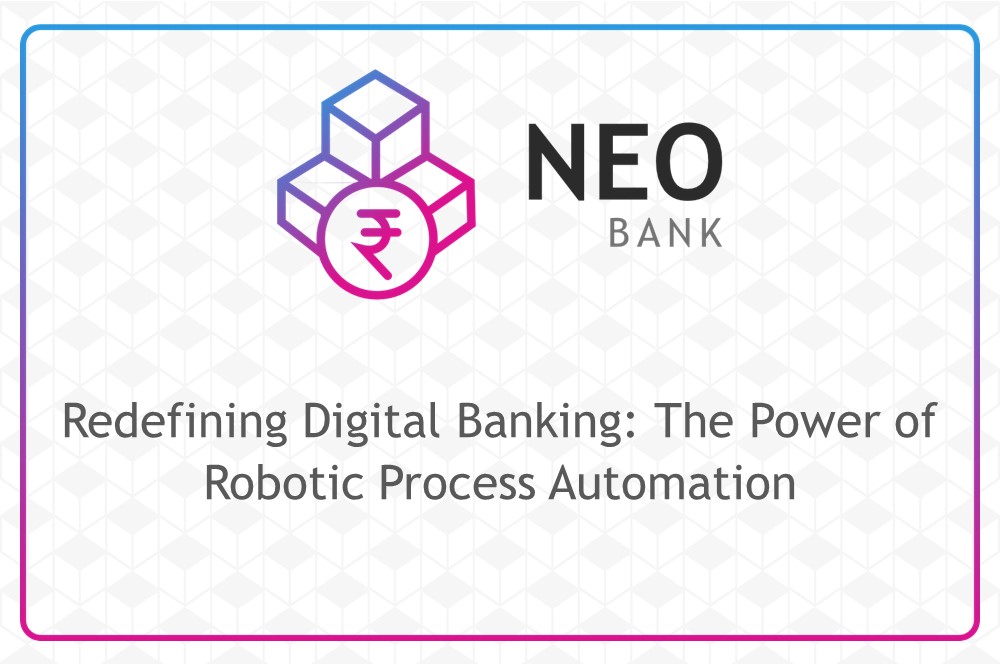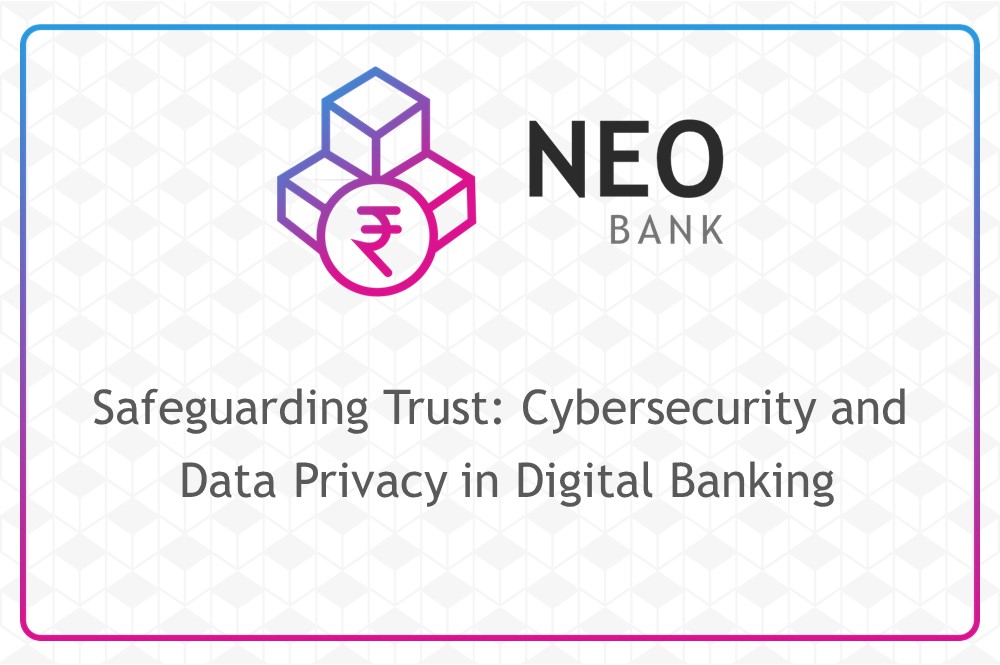Digital Banking Loyalty - A Demographic Perspective
May 20, 2022 - 8 MINS READ
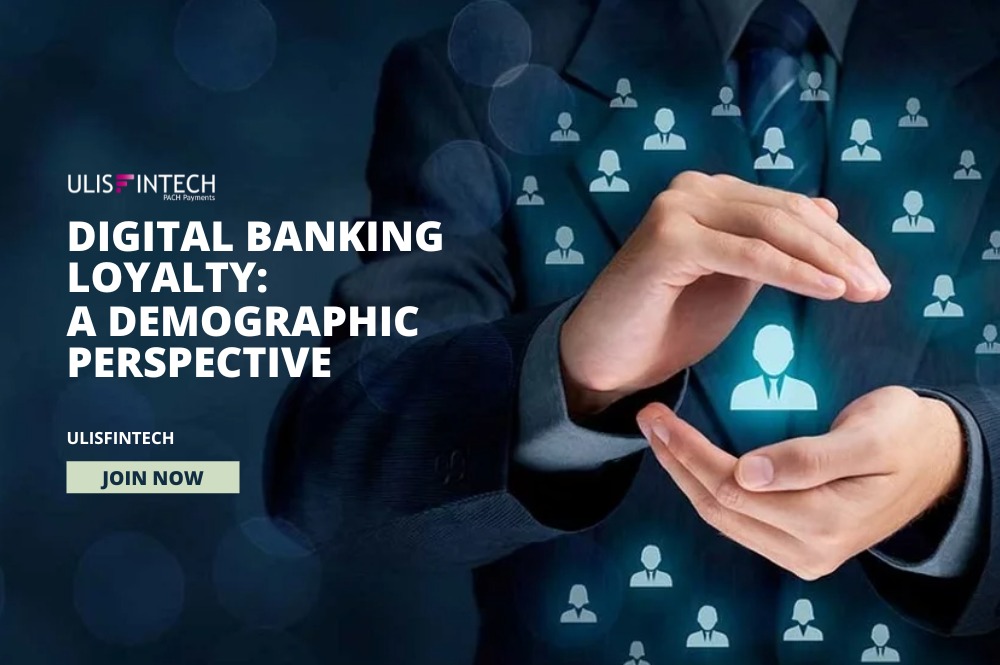
Digital Banking Loyalty - A Demographic Perspective
As a consequence of the epidemic, banks have shifted their physical solutions to digital in order to service financially stressed consumers who are dealing with record-high unemployment and stock market fears. Some banks have been more active in their investment in their clients' digital experiences, while others have been more hesitant in establishing digital banking solutions. As the economy begins to recover, banks will need to continue delivering digital services to better meet changing generational demands in order to build loyalty. Instead of returning to ineffective reward schemes, leaders should consider how they might develop digital customer experiences that foster long-term loyalty. As things stand, banks that have made major investments in digital interactions have a head start in developing post-pandemic consumer loyalty.
Because of the pandemic's stay-at-home character, many clients turned to non-physical (digital or tele) banking alternatives. According to BAI research, 50 percent of customers have increased their use of digital banking products since the epidemic, and 87 percent intend to continue this increased usage after the pandemic. Digital banking habits are expected to persist through generations in the post-pandemic world. As clients gain confidence in digital banking, it is clear that the road to long-term loyalty is digital. Customer loyalty will be determined by which digital solutions best fulfill their specific set of requirements. Even if clients are satisfied with the way their digital banking demands are addressed, they are likely to transfer allegiance in search of better digital experiences.
The requirement for necessities
While it's thrilling to think of cutting-edge digital banking technologies like voice AI and predictive modelling, clients' basic requirements should come first. When searching for a digital banking solution, users prioritize core functions such as mobile deposits, transferring cash, and monitoring account balances. Customers prefer digital banking over in-person choices because it is more convenient, secure, and timesaving. Although Gen X, Millennials, and Gen Z were already utilizing digital banking solutions, the epidemic has compelled many Baby Boomers and older to do so as well.
Before delving into the generational subtleties of digital banking requirements, institutions should concentrate on the fundamentals. Delivering these essential elements creates a seamless customer experience for the typical actions that consumers of all ages undertake the most often. Customers may have been tolerant of issues with basic capabilities at the start of the epidemic, but they are unlikely to be patient with banking institutions that do not meet their demands. Banks should constantly review how their capacity to supply the essentials compares to the expectations of their clients and the offers of their rivals.
The requirement for a customized user experience
The negative disparity between clients' expectations and the experience they receive from financial products and services is referred to as an "experience gap." If the experience is much poorer than planned, it might result in reduced customer loyalty, unfavourable reviews, and even people abandoning the business. With generational changes in client expectations, banks must be adaptable to satisfy these overall demands.
The top three factors that will have the greatest beneficial influence on customer experience, according to the Digital Banking Report Research, are digital app user experience (UX), personalization, and financial education and guidance.
Consider how the Baby Boomers, a generation that was less likely to utilise digital banking prior to the epidemic, found themselves deficient in understanding on how to use these digital platforms successfully. Approximately 70% of clients learned how to utilize their financial services provider's digital offerings on their own. This educational demand may be met by efficient digital onboarding, such as how-to videos on common tasks.
Millennials and Generation Z have a strong and rising hunger for financial education on issues like debt, investing, and budgeting. When compared to older age groups, younger Americans are more likely to claim the COVID-19 epidemic is a big threat to their own financial circumstances but not to their personal health.
Financial literacy resources for millennials and Generation Z should seem individualized and relevant to their choices. Mint, Goal setter, and Cleo have achieved success by providing individualized financial information, bespoke budgets, and expenditure monitoring across all accounts to make it easier for consumers to design and maintain their budgets. Traditional banking institutions may learn from these platforms in order to serve their younger customers with a financial education that is bite-sized, easy to comprehend, relevant, and available at any time and from any location.
The requirement for adaptability
While the pandemic resulted in record-high unemployment rates, it was the younger generations that were most affected by unemployment and/or decreased hours. Younger Americans are saying that the COVID-19 epidemic has harmed, if not destroyed, their financial security at nearly twice the rate of their baby boomer parents. Almost 9 out of 10 Millennials—far more than any other generation—were concerned about paying bills and loans, with credit card debt causing the most stress.
Banks built communication channels through apps and websites that used to take place in their physical branches to stay adaptable in swiftly changing economic circumstances. Wells Fargo Digital and its line of business teams collaborated in less than a month to offer a variety of new digital capabilities to the Wells Fargo Online toolkit.
Customers increasingly sought financial flexibility in addition to communication flexibility. During the pandemic, older millennials flocked toward Buy Now Pay Later (BNPL) alternatives, which were previously considered the last resort choice for other generations, as part of a suite of credit instruments. The use of BNPL increased by 28% among older millennials. They discovered that BNPL alternatives enhanced their purchasing power while assisting them in staying inside their monthly budget. With customers predicted to spend $680 billion globally on point-of-sale instalment payments via e-commerce platforms by 2025, banks must take this shift in customer expectation into account.
Versatility creates long-term loyalty.
In a digital banking era, failing to answer consumer requirements risks undermining customer confidence and the connections banks have worked hard to create over the years. Supporting client requirements and offering value in key moments and generational journeys lays the groundwork for long-term emotional commitment. Creating a tailored digital banking experience that crosses generations is a critical investment for banks if they want to keep their customers. Banks that are hampered by technology, strategy, and process issues risk losing ground to conventional and digitally native competitors that have fully embraced the digital banking experience as a primary driver of client loyalty.
